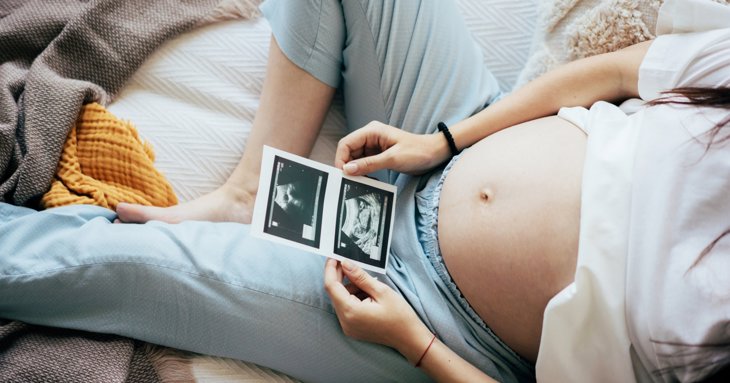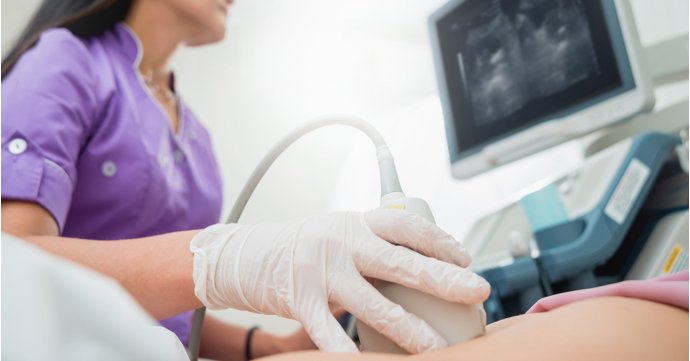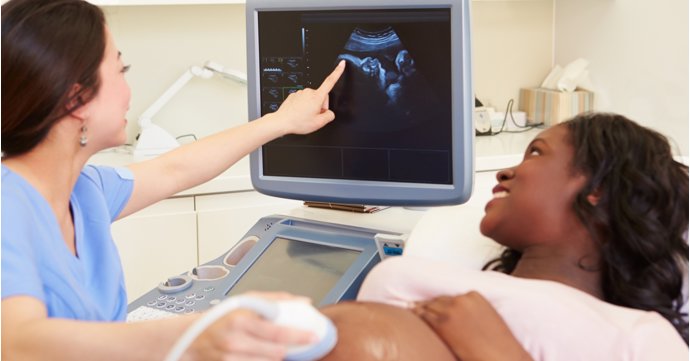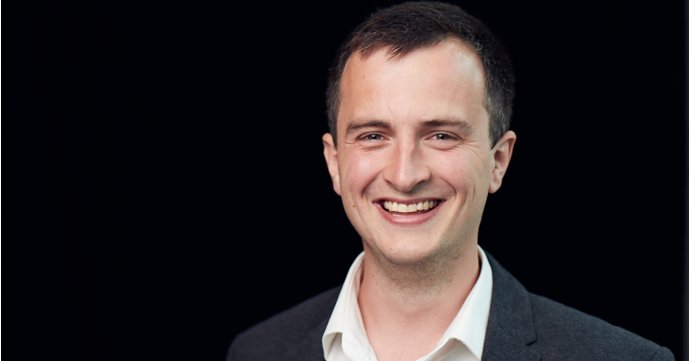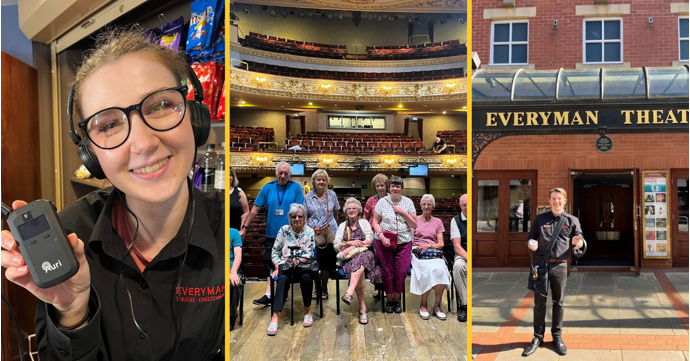When your due date is fast approaching, third trimester growth and wellbeing scans can help reassure expectant parents that everything is progressing as it should be and make decisions about how best to approach delivery.
From checking on your baby's development to making sure they're facing the right way, SoGlos speaks to the clinic manager of Early Life Ultrasound in Cheltenham to find out why parents-to-be may want to consider having additional scans as their pregnancy progresses into the later stages.
About the expert - Chrissie Cooper from Early Life Ultrasound
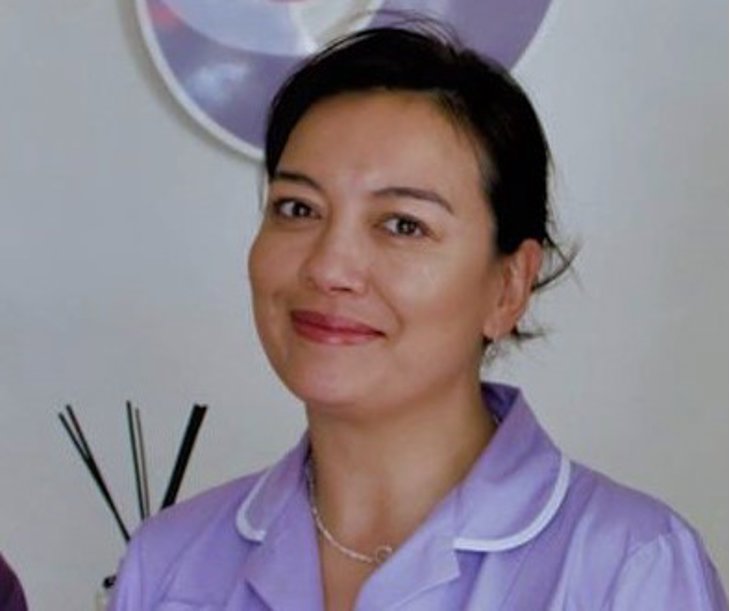
Chrissie Cooper is the clinic manager at Early Life Ultrasound and has been an obstetric sonographer for 11 years. She manages the team at the award-winning clinic in Cheltenham.
Early Life Ultrasound aims to provide peace of mind to prospective parents, offering a wide range of consultations and specialist services, including pregnancy scans, NIPT Harmony tests and endometrial lining scans for those undergoing IVF treatment.
Why should pregnant people consider having additional ultrasound scans in their third trimester?
Many families feel reassured by having additional growth scans in the later stages, as after the 20-week anomaly scan you won’t normally be offered further ultrasound scans if all is considered normal.
Families like to have the option to check that the baby is growing well or at the right rate. We also look at other information such as presentation of your baby (if the baby is head up or head down); amniotic fluid levels; and the appearance and position of the placenta, amongst other things.
If your 18 to 21-week NHS scan showed that your pregnancy is progressing well, is there any need for further scans?
The 18 to 21-week scan will look for physical abnormalities in your baby. The scan itself will look at your baby's bones, heart, brain, spinal cord, face, kidneys and abdomen. This allows the sonographer to look for 11 conditions, some of which are very rare.
After this scan has been completed and you have been given the all clear, people may opt to have additional checks for growth and wellbeing later into the third trimester to check that their baby is growing at the right rate, but it is very much optional.
What can you expect to see from a third trimester scan? What are sonographers looking for?
The third trimester growth scan basically does what it says on the tin and measures how well your baby is growing and checks the wellbeing of your baby. The primary purpose is to ensure that the foetus is developing properly and to detect any potential complications, such as growth restriction or macrosomia – a condition where the baby is larger than average. At Early Life Ultrasound Centre, we call this type of scan the growth and wellbeing scan.
These scans can also provide important information about the amount of amniotic fluid, the position of the baby and the health of the placenta. Some women will be offered growth scans on the NHS, but that can depend on several things: for example your medical history, or whether there are any potential risk factors for that particular person.
Can you get 3D or 4D images of your baby from these types of scan?
Yes, if you wish to take a look at your baby in 3D, 4D or the newer technology HD Live, this is also included in our growth and wellbeing scan option. Or you can choose to book one of our hybrid packages that includes growth measurements and more imaging in 3D, 4D and HD Live. There are many options to suit your individual preferences.
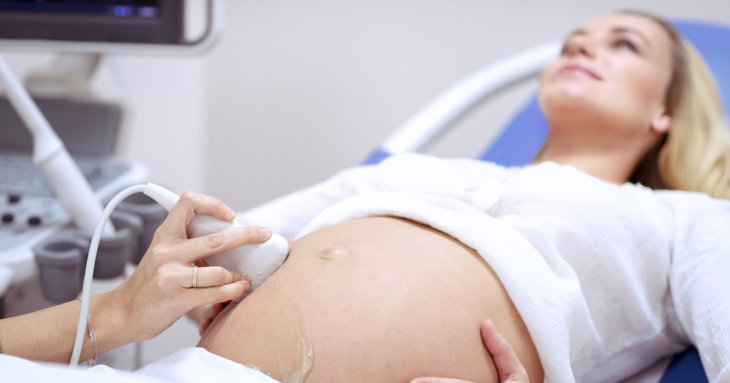
Are there any concerns that can be picked up on this type of scan?
The growth and wellbeing scan is looking at what we call foetal biometry measurements that show whether your baby is growing nicely and within normal parameters - in which case, you would simply continue your usual routine midwife appointments. However if the baby’s growth is found to be out of the normal parameters, then it could indicate that further management or investigations are required.
If your baby is measured small, we would describe them as Small for Gestational Age (SGA). This could be as simple as meaning that your baby is naturally small for the number of weeks into your pregnancy. It could also mean that your baby is within the average size range but has a lower weight, which could indicate that they aren't quite getting the nutrients and oxygen they need through the placenta. In these cases, your doctor will perform regular growth checks over a period of time and recommend Doppler ultrasound scans to measure your baby's blood flow.
If your baby is larger than expected, it isn't normally a problem – but if your baby is quite a lot larger than average, it may be a sign of gestational diabetes. Gestational diabetes occurs when there is too much glucose in your blood and can lead to complications, such as having to be induced or requiring a caesarean section. If this is the case, your doctor or midwife will book an appointment for a glucose tolerance test (GTT) to test for gestational diabetes. But it could just mean that you have a large baby!
All of these checks give us snippets of information and offer healthcare professionals an insight into how your pregnancy is progressing. It can show them what care to give and how to manage your baby's delivery in the safest and best way possible. If sonographers find that you do need further input, you'll be referred to your usual healthcare provider so that they are made aware and can ensure that you are monitored, so safe delivery for mum and baby can be achieved.
How much do third trimester scans cost?
The growth and wellbeing scan costs £99 and includes optional 3D or 4D imaging, gender determination and a report containing your graphs and charts. Any questions that you have during your scan can be discussed during our appointment as well, as we allow plenty of time to do all of this.
Are there any risks to the baby from having additional ultrasound scans late in your pregnancy?
Obstetric ultrasound has been used since the 1950s and according to over 50 medical studies, there are no known risks to having multiple ultrasound scans. Some of these studies have followed children from preterm stage through to school age and beyond.
Ultrasound uses sound waves to create an image of the baby and there are no known risks with the use of ultrasound, providing the person using the ultrasound has the proper training.
Most sonographers with formal qualifications, such as myself, will undergo physics modules as a part of their sonographic education, too, so have a very good understanding of how the ultrasound works and how to achieve optimal images for best practice and patient safety.


